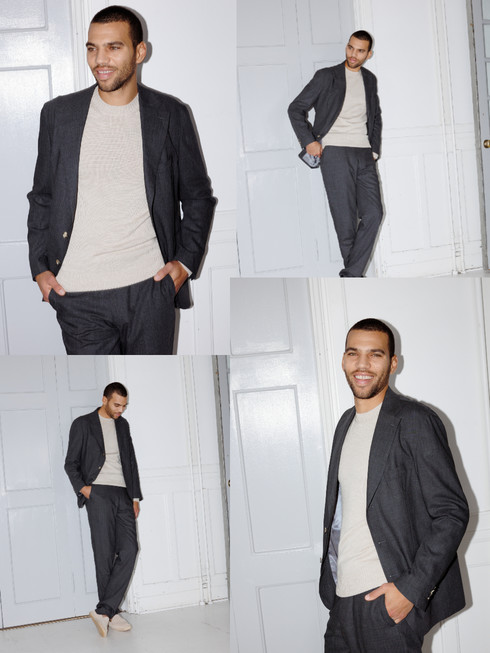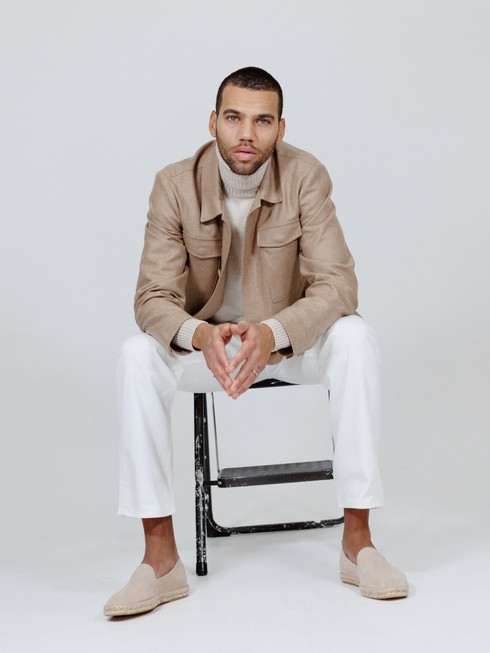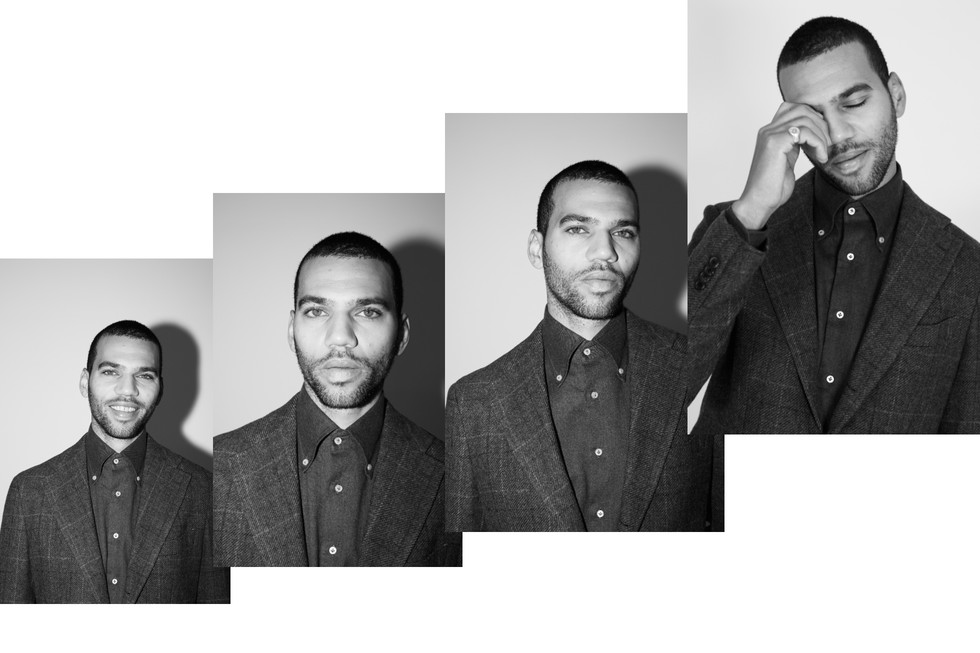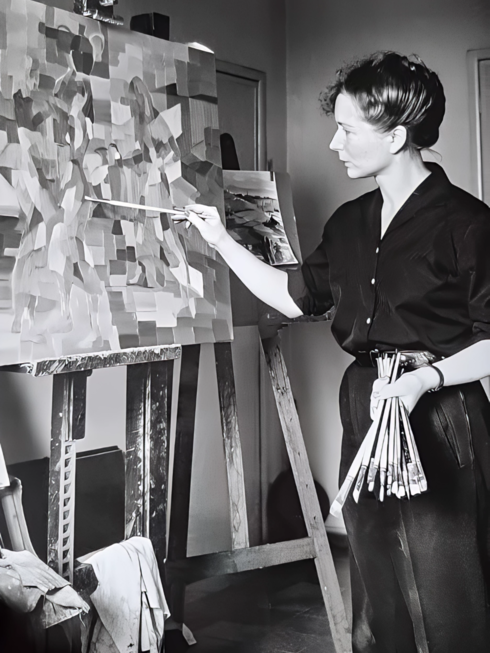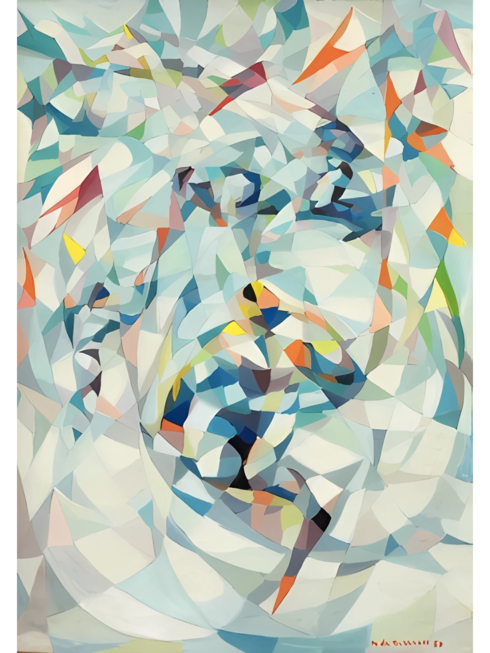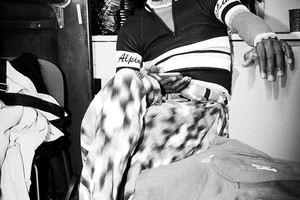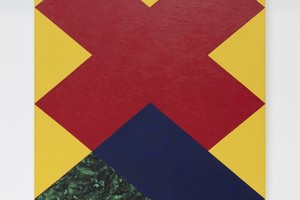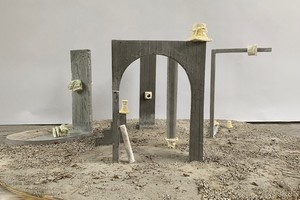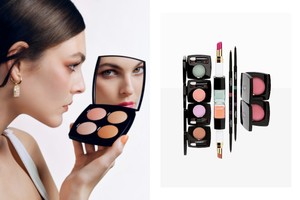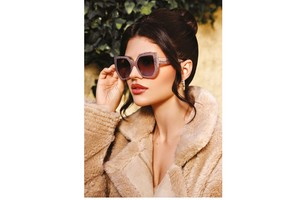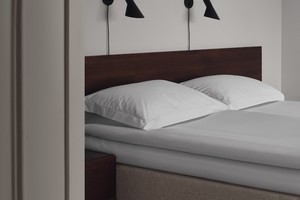Refined Elegance: Edwin Nenzell on Rose & Born’s Legacy and Vision for the Future
Written by Ulrika LindqvistFounded in 1989 in Stockholm, Rose & Born has been a cornerstone of modern menswear, blending Scandinavian aesthetics with classic tailoring traditions. In this exclusive interview, Edwin Nenzell, Partner and Buying Director, shares insights into the brand’s origins, creative processes, and its mission to offer timeless sophistication with a personal touch. From the challenges of navigating the fast-paced fashion industry to opening an international store in Zürich, Edwin reflects on the journey and future aspirations of this iconic brand.
Ulrika Lindqvist: Can you share how Rose & Born was founded and the inspiration behind its creation?
Edwin Nenzell: Rose & Born was founded in 1989 in Stockholm with a vision to offer contemporary menswear rooted in classic tailoring traditions. The inspiration came from a desire to provide proper personal experiences as we redefine modern elegance. Today that means combining Scandinavian aesthetics and values with the craftsmanship of traditional menswear. We want to create a space where our customers find clothing that blends sophistication, quality, and a sense of individuality. Over the years, this mission has evolved, but the essence remains the same: being available to help our customers look and feel confident in every setting.
UL: What is your background, and how did it influence your decision to collaborate with Rose & Born?
EN: My background is deeply rooted in menswear. Having worked in the business for many years, I early developed a passion for fine tailoring and an appreciation for the nuances of men’s style.
Joining Rose & Born felt like a natural step — it was an opportunity to combine my understanding of menswear with a platform that values craftsmanship, personal service and understated elegance. After a few years at Rose & Born , I became a partner of the company and today I oversee the buying and made-to-measure services.
UL: How would you describe the dynamic of working with your team at Rose & Born?
ED: The dynamic is one of collaboration, a mutual vision, and a shared passion for what we do. We are a small, dedicated team that thrives on creativity, attention to detail, and a commitment to our customers. Everyone has different backgrounds and brings unique perspectives, and our open dialogue helps us continually refine and evolve the brand. The trust and clear understanding of what we’re trying to achieve is essential to maintaining the brand's integrity and vision.
UL: What are the three core values that define Rose & Born as a brand?
EN:
Personal Service: Building genuine relationships with our customers and offering tailored experiences that make them feel seen and valued.
Craftsmanship: A relentless focus on quality and the artistry behind every garment.
Timelessness: Designing pieces that transcend trends and remain relevant for years to come.
UL: Can you take us through the creative process behind your latest collection?
EN: Our creative process always begins with a consideration of the past and what’s essential for both style and comfort today. We explore themes that align with our brand DNA — contemporary elegance and functionality.
For the Fall Winter 2024 collection, we drew inspiration from the nature and landscapes of Sweden and Switzerland. Many times they are as understated as our collections. One can see clear connections both in the colour palette of the garments but also the focus on functionality with garments focusing on being wearable in these climates. I would say all our collections are crafted to seamlessly transition between different occasions. We have a great permanent assortment as well which is meticulously tested and improved, ensuring each garment lives up to our standards before it reaches our customers.
UL: How would you describe the ideal Rose & Born customer?
EN: In a year we meet all sorts of customers, and they are all very different individuals. For us that is the most important start, understanding the customers’ needs and wants. But trying to define the ideal Rose & Born customer, I would say it’s someone who values quality, and personal style and has a long-term relationship with their wardrobe.
UL: What have been the biggest challenges you’ve encountered while building Rose & Born?
EN: I would say the pace of the fashion industry. Maintaining a commitment to our core values has always been important to us while adapting to new customer needs — such as incorporating e-commerce, expanding internationally, and navigating quick changes in shopping behaviour — has required constant learning and adaptation. However, these challenges have also been opportunities to grow and refine our identity.
UL: Can you share a memorable moment from your years at Rose & Born?
EN: What comes to mind first is opening our second physical store, which we did in Zürich last December. Seeing our vision resonate with a new international audience and succeed in the way we imagined is incredibly rewarding. It truly reflects the years of dedication to developing this company into what it is today. It also reinforced our belief that there is a global appetite for what we envision Rose & Born being – uncompromising quality and effortless quality with the personal experience at centre stage.
UL: What are your future goals and aspirations for Rose & Born?
EN: Our goal is to continue growing our global presence while staying true to our core values. We aim to enhance our digital experience and grow our physical presence. Making the online business as seamless and refined as our in-store services is key to achieving this. Ultimately, we want to deepen our relationship with our customers worldwide, offering them garments and experiences that embody the values of Rose & Born.


